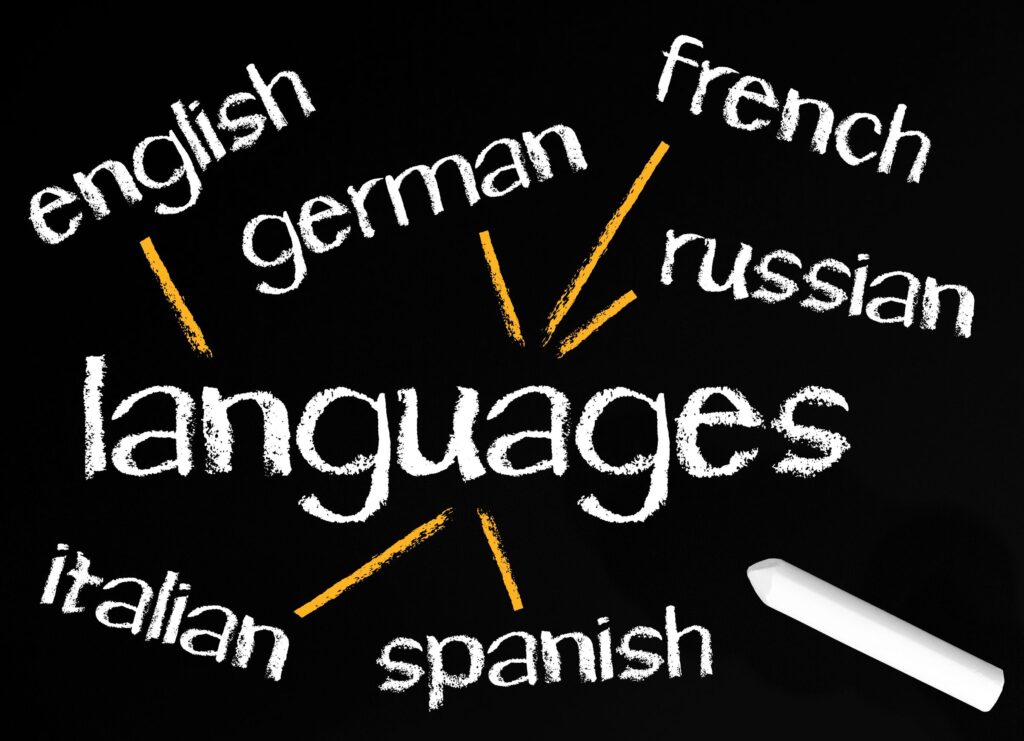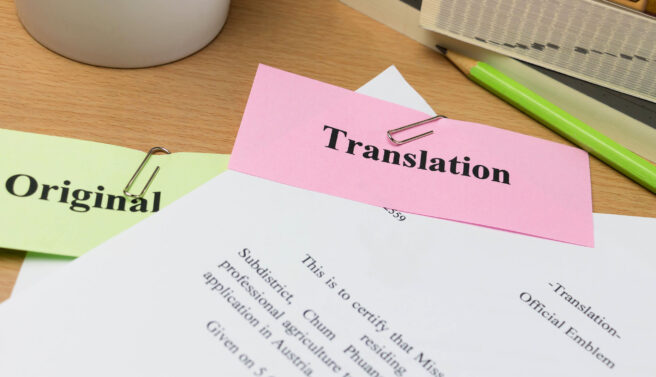Translation facilitates proper communication as the text becomes available in the language that the readers understand. Translation is a complicated task that requires dedication, precision, and attention to detail. For the translator to come up with the right translation, they should observe the elements of a good translation.
What are the elements of a good translation?
A translation has to serve its purpose. It should mirror the original work. In order for the translation to be a good one, here are things that should be taken into consideration:
- Background of the translator
Translators should have received the right education. They should be a native speaker of the target language. They should have the desired language proficiency and specialization in case the translation is for a specific theme or topic. Most translators prefer to translate in their area of expertise. Other translators can handle different subject areas, such as technology, foreign affairs to defense, real estate, legal, tourism, and business.
- The nature of the translation project
The translator has to know your target audience – the people who will read the translated documents. Some translations are for specific targets, such as business contracts, while others are for diverse audiences, such as books, product information, manuals, and user instructions.
In order to make the translation appropriate to the expected user, the client has to provide the direction in terminology, style, tone, and vocabulary. Likewise, it is important for the translator to know the specific regions. For example, Spanish has different regional variations.
- Turn-around time
It takes time to create a good translation, taking into account the quality assurance process. Discuss with the translator or translation agency if your requirement is urgent.
- No literal translations
A good translation does not have a word-for-word translation. It should be created by understanding the context from the document or transferring the meaning of the text from the source to the target language, including linguistic appropriateness.
- Well-written original
A translator must be an excellent writer because it is difficult to render a document from one language to another. The language should flow smoothly and naturally, creating a bridge where the original message is conveyed properly in the new language.
- Cultural appropriateness
The translation should be culturally appropriate, using the language that the intended readers will understand, while considering cultural values, beliefs, expectations, and norms.
What is a typical document translation?
A typical translation of a document converts the written text from the source language to the target language, such as English to any language. Usually, the translation is straightforward, meaning that the subject is usually regular information. For example, excerpts from books, magazine or newspaper articles, or essays.
What types of documents need translation?
Companies that do not have international dealings may also need translation services. For example, the population of non-English speakers in the United States continues to increase. Considering that about 350 languages are spoken in the U.S. today, various industries and individuals frequently require translation services.
Documents that need translation, including those that need subject matter expertise, include various texts from different industries, such as:
- Social services
- Government
- Manufacturing
- Healthcare
- Education
- Public health
- Legal
- Insurance
- Immigration
- Marketing and advertising
- Entertainment
- Finance
- Homeland security
These categories use many documents that require translation in different languages. In healthcare and social services alone, the law requires them to provide language access programs, which may include translation and interpreting services. Likewise, the federally-funded healthcare organizations have to provide translated information in the top 15 languages spoken in the areas where they provide their services.
What makes a translated document a good copy?
Your translation is a good copy if it is a mirror of the source file. The source file has to be good for the translation to be a good copy. Everything starts from it.
If the client intends to have the document available in different languages, they have to make sure that the source document is well-written. The writer has to write with translation in mind, which means no slang, idioms, humor, phrases that only the speakers of the original language understand. It is not easy to translate local slang, jargon, idioms, and humor.
Make sure that the content concept is simple. It is better to use simple words. See to it that sentences and paragraphs are simple, short, and direct. Part of keeping things simple is formatting, as well as images and numbers.
The translation is usually a mirror image of the original. Therefore, it is vital that the writer considers the format of the document. The text when translated can be of different length. The format of the time, addresses, phone numbers, and more are different when written in another language.
The document writer and the translator should not forget the usefulness of references, glossaries, specific terminology, and brand guidelines to ensure that the source document and the translation will match.
How to check good grammar in a translated document
Accuracy is one of the most valuable features of translation. Likewise, the document should be grammatically correct. A professional translator applies the writing and translation rules and standards A professional translator knows how to use computer-assisted translation (CAT) tools to make their work consistent. They use translation memory tools to ensure that the words that are repeated in the document will have the same translation. Terminology lists and glossaries from the client and the translators themselves help keep spelling and grammar uniform.
Aside from the tools that help translators make their work accurate, a translation company has a project manager, editor, and proofreader to ensure that the translation is accurate, grammatically-correct, and meets the requirements of the client.
For accurate, professional, and high-quality translations, contact eTranslation Services
You do not have to worry about the quality of your translation projects when you work with us. eTranslation Services has a wide network of translators living in-country. We can connect you with them easily, and because they are native speakers, you are assured that you get translations of high quality and accuracy, with the right linguistic nuances and cultural appropriateness. Anytime you need translation services, you may email us at [email protected] or call us at (800) 882-6058.



